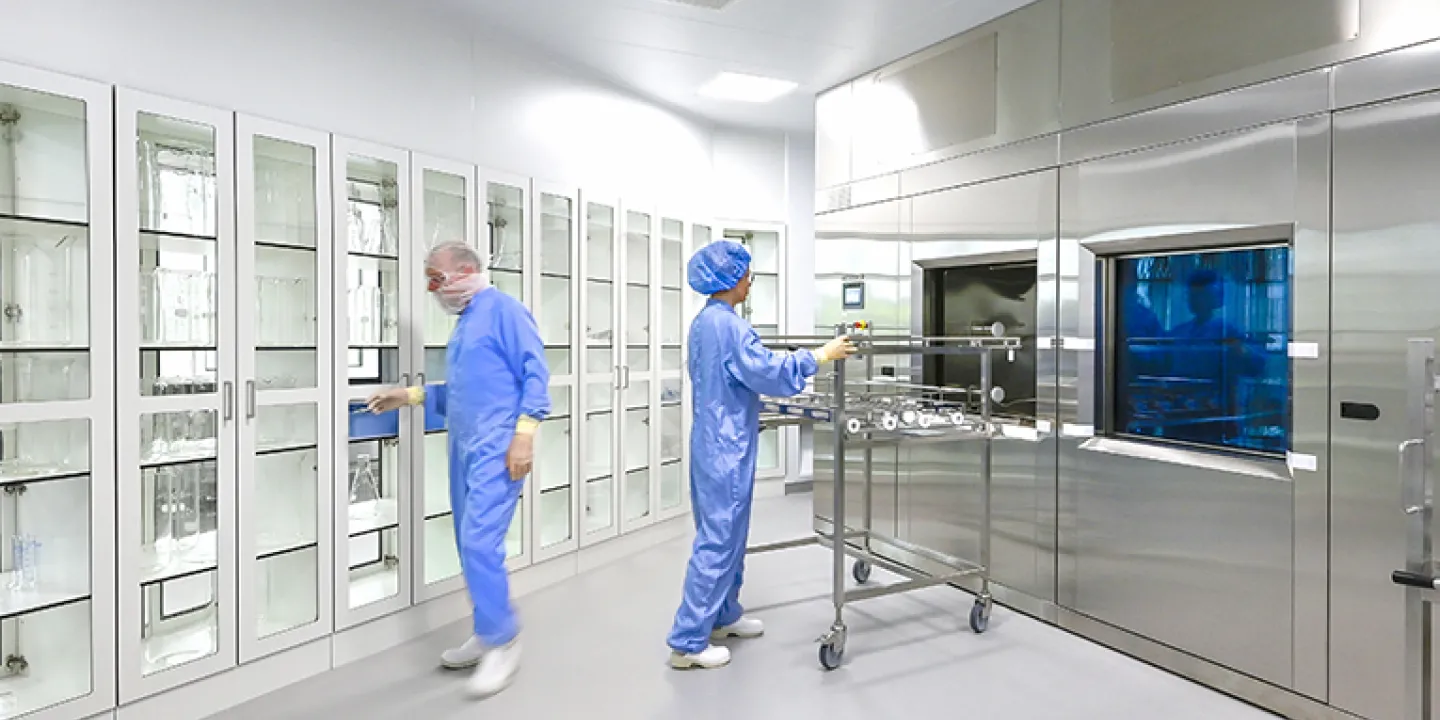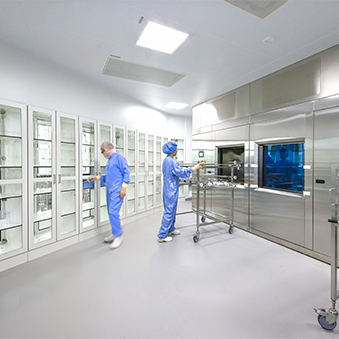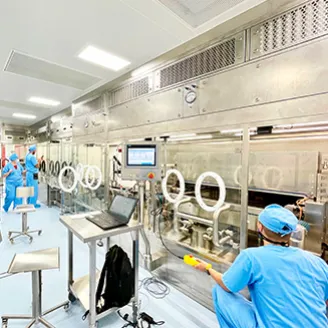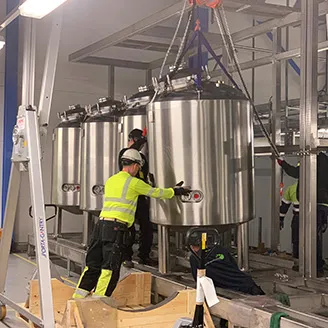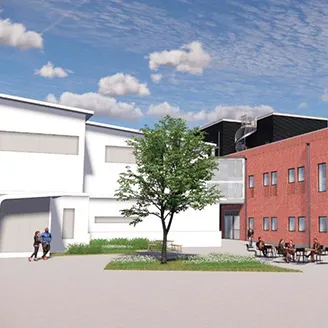ISO Grade 7 cleanroom solution optimises production flow
Project details
Project details
Client
Maker of implant coatings
Location
Sweden
Market
Medtech
Solutions we provided
New basic fractionation process line, incl. buffer preparation, distribution, and CIP
ISO Grade 7 cleanroom solution optimises production flow
ISO Grade 7 cleanroom solution optimises production flow
With its current production nearing the end of its operational lifespan, and a long shutdown for renovations not an option, the client decided to build a new, ISO Grade 7 cleanroom with mechanical areas in a new building. In doing so, it also wanted to expand production capacity, improve production efficiency, and improve working environment for its personnel.
The cleanroom installation includes support systems such as HVAC, compressed air, vacuum, and medical gases. It also includes equipment installation, automation, and integration with the building, as well as building monitoring and environmental monitoring systems. KeyPlants’ role extended from concept, through detailed design and installation, to commissioning and qualification.
One of the reasons the company chose KeyPlants was that they needed a partner who could deliver the whole conventional construction project on turnkey basis because, as a small company of about 70 employees, they lacked the in-house resources to do it themselves. They also chose KeyPlants for our reputation for delivering high-quality projects, which was business-critical for them.
“They didn't have the resources to go to one company and carry out the design, another company for the integration, another company for the cleanroom installation, another for the electrical work, and so on. They needed one company that could do the whole thing, including integration and procurement of equipment and materials,” recalls Carl Carlsson, the KeyPlants Design Manager who helped supervise the effort. “And they needed something that was extremely cost-effective and time-effective.”
Complex building site
KeyPlants joined the project while the building was being planned, with some of the details to be finalised during construction. This meant working closely with subcontractors hired by the construction company.
“In that sense, it was a very complex building site,” Carl says. “Lots of people from different companies and disciplines, sometimes with different priorities, had to get along in this small area and deliver on time and on budget.”
From a project management point of view, another challenge was being one of the last parties on the scene. “Many things had to be done before we could work, so we were impacted by other parties’ delays,” Carl says.
When the construction company finished its work in the ventilation shafts, for example, they were ready to close the shafts. But KeyPlants sometimes had more work to do before that could take place.
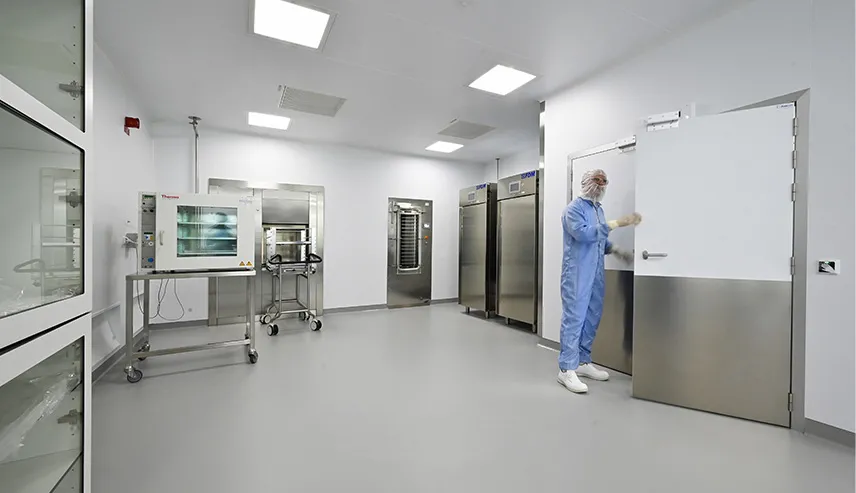
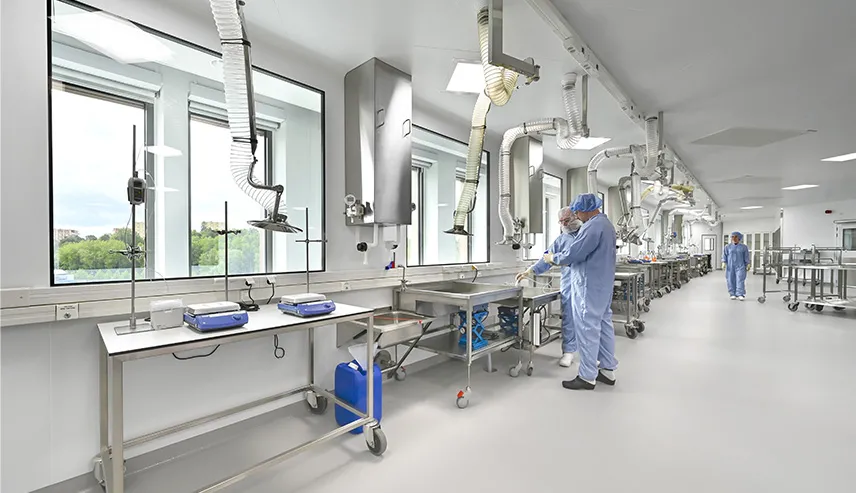
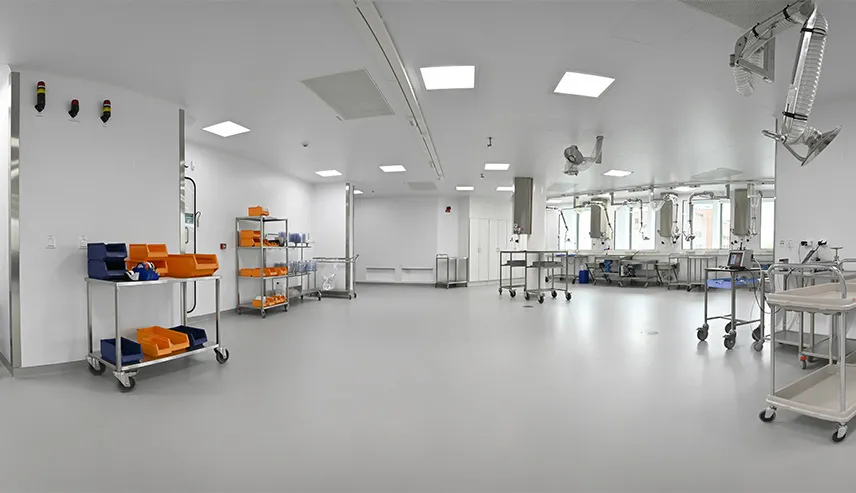
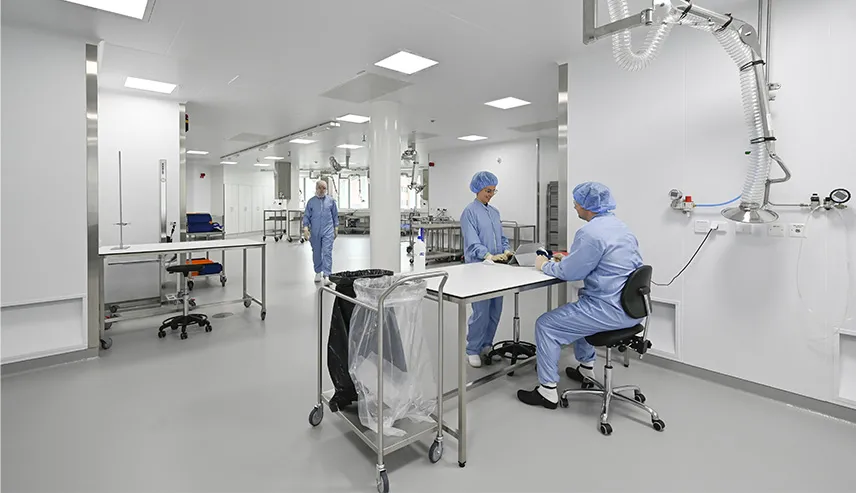
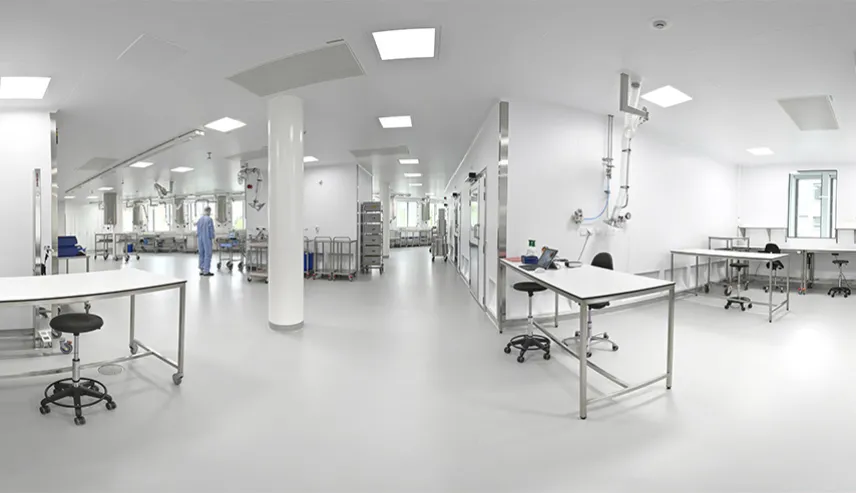
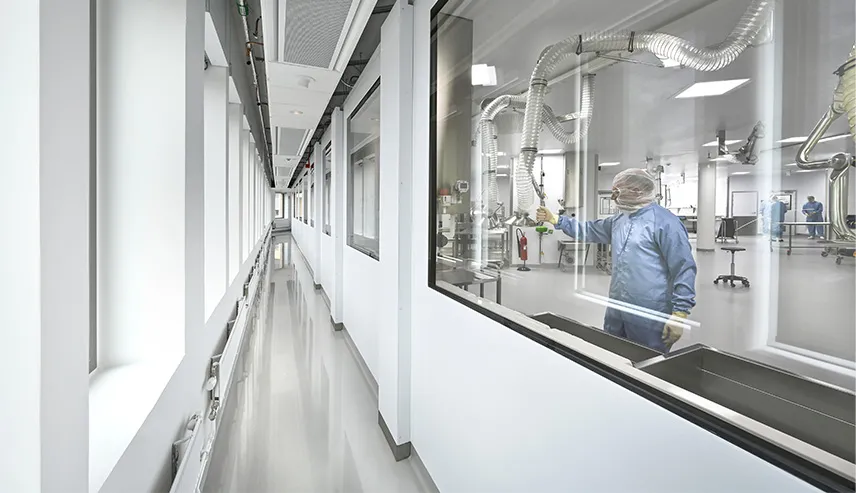
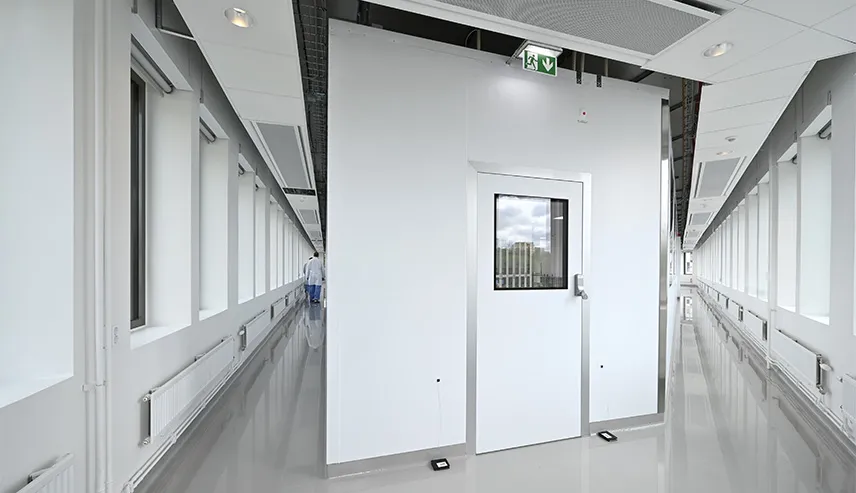
Optimising production flow
Optimising production flow
Another challenge was to design the workflow in the 500-sqm production area. KeyPlants worked with the client to optimise the production flow, arranging the process steps and equipment in the most logical way, within the given constraints.
Anders Sjödin, the KeyPlants process architect responsible for the concept and basic design phases, who has designed several hundred facilities over the years, explains: “First, you have to learn about the process from the client. So, we started with looking at how they work today, then we listened to their employees about shortcomings with their current design and how it might be improved.”
“We didn’t get into the details of every step of the process, of course. That was their business, and they didn’t ask for help with that. Nor did we deal with their special equipment. We focused on the overall flow, how to use the total area, how to place equipment and operations in different rooms to get good process flows, given the size and shape of the space.”
Customised service bolsters customer’s experience
Essentially, KeyPlants offered a customised service aimed at solving the client’s challenges and working with them where they lacked experience, expertise, and resources. “Because of our extensive experience, the client knew they could count on us,” Anders says. "Building a strong relationship with the client is crucial to the success of a project like this."
The space itself posed unique challenges. For example, the space above the cleanroom for the HVAC system was very limited, with just 60 centimeters between the ceiling and the concrete slab of the floor above. That left barely enough space for all the cooling water piping, ventilation ducts, etc.
Natural light shining in
One of the boldest ideas was to create an external viewing area around the cleanroom, which KeyPlants designed alongside the client in a way that also allowed natural light to shine in from outside. It was a major upgrade that greatly enhances working conditions for employees. “With most cleanrooms, you have corridors and airlocks and things around it, so you have the clean area in the middle of the building without any windows,” Anders says.
The building is also in a residential area, so it was designed to fit in with a somewhat triangular shape. It wasn’t built to make the installation of the cleanroom easy. “Everything the client needed had to be fitted into a building that was not designed by us in any way,” Anders says. “But I think it was a good layout in the end, despite the unique shape of the building.”
 |  |

